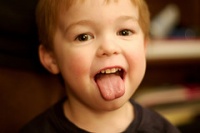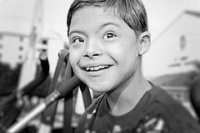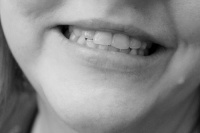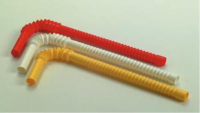
Q: My son is 2.5 years old. He can say 6 words: Mom (ma), ball, up (uh), gone, please (pease), and truck. I am feeling overwhelmed with how to incorporate the 3 tracks of your “Vowel Tracks” material. Can I start with one track? He gets really frustrated with wanting stuff. I am getting worried he won’t talk. The purpose of Vowel Tracks is to show how to focus on vowels as new words are being added to a child’s…








